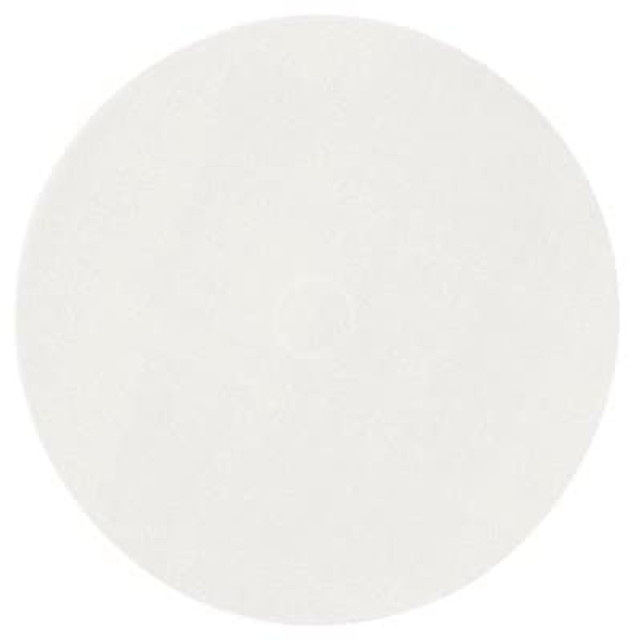
3M Products & Supplies
3M Trizact PSA Film Disc 568XA, 3MIL, 8 in x NH, Die 800L
Finish and Repair Sensitive Surfaces
We engineered 3M Trizact PSA Film Disc 568XA with defect repair in mind. Sensitive surfaces, like glass, acrylic and solid surfacing, require an abrasive that cuts aggressively without significantly gouging or scratching the surface. The mineral, adhered to a PSA backing using microreplication technology, cuts consistently and produces a high gloss level, which is often desirable during surface finishing. What's more — the film backing is water resistant and requires little water for touch-up, minimizing mess and processing steps.
Swift Tool Attachment
The pressure-sensitive adhesive (PSA) on the back of 3M Trizact PSA Film Disc 568XA helps with easy power tool attachment; it's as simple as pressing on a sticker. The PSA backing adheres firmly to a backup pad when light pressure is applied, and it can be peeled off just as easily, leaving a clean surface for the next abrasive in the sequence. With only a thin layer of adhesive standing between the abrasive and the backup pad, power is transmitted directly to the workpiece surface and there are fewer barriers that limit the disc's ability to sand aggressively. Convenient liners reduce contamination of the adhesive, maximizing adherence to the disc pad.
3M Science, Applied to Trizact Abrasives
3M Trizact abrasives revitalize light dimensioning and finishing work by reducing processing steps, increasing throughput and creating consistency. Big benefits are achieved through a proprietary 3M technology called microreplication. During microreplication, small three-dimensional structures resembling pyramids are adhered to a backing. These “pyramids” contain layers of mineral, and they begin to break down after repeated use, continually exposing fresh mineral. The cycle of mineral renewal sustains the abrasive’s sharpness. Ongoing sharp cutting action reduces the need to swap out the abrasive, contributing to higher throughput and increased productivity. Additionally, because the mineral is uniformly distributed over the abrasive surface, the workpiece receives fixed – rather than erratic– contact for a consistent cut.